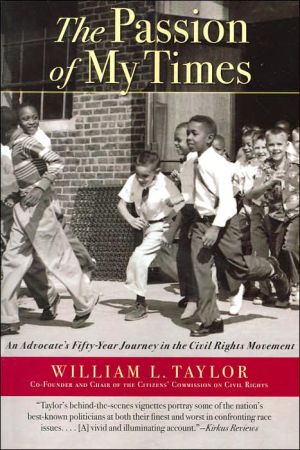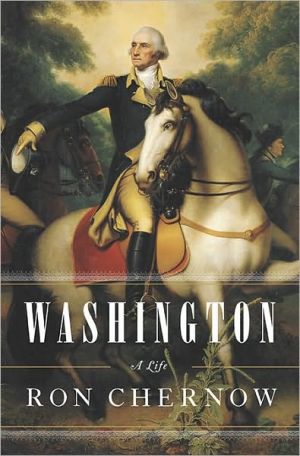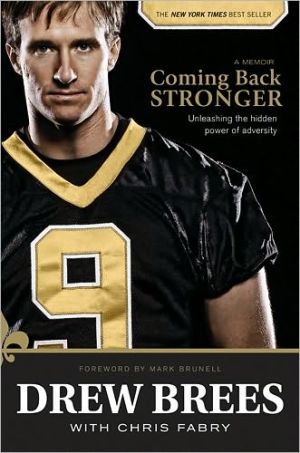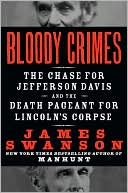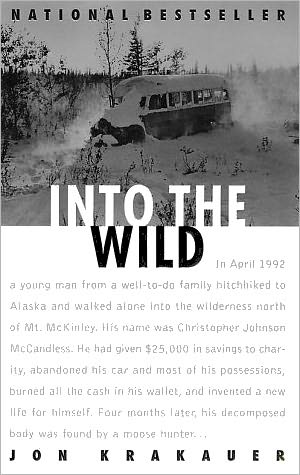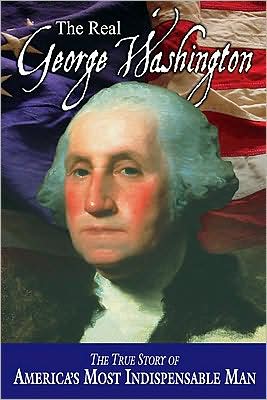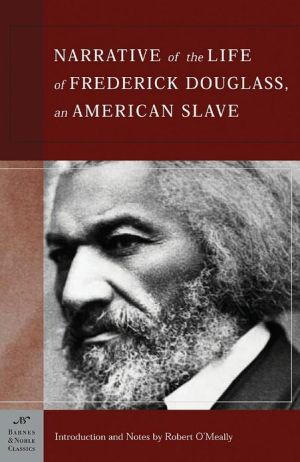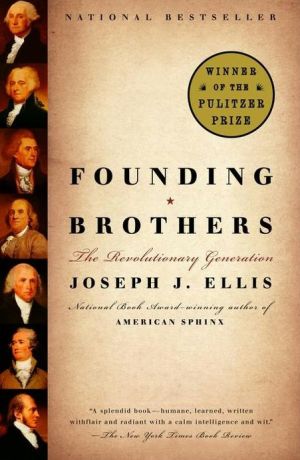The Passion of My Times: An Advocate's Fifty-Year Journey in the Civil Rights Movement
In 1954, William L. Taylor, a recent Yale Law School graduate, joined Thurgood Marshall's NAACP Legal Defense Fund, where he would later write the victorious 1958 Supreme Court brief that forced Little Rock, Arkansas schools to desegregate. In this historic book, Taylor recalls the triumphs, setbacks, and ongoing challenges in the battle for civil rights from his own unique and influential perspective. From the tireless struggle to enforce the desegregation of public schools to recent...
Search in google:
In 1954, William L. Taylor, a recent Yale Law School graduate, joined Thurgood Marshall’s NAACP Legal Defense Fund, where he would later write the victorious 1958 Supreme Court brief that forced Little Rock, Arkansas schools to desegregate. In this historic book, Taylor recalls the triumphs, setbacks, and ongoing challenges in the battle for civil rights from his own unique and influential perspective. From the tireless struggle to enforce the desegregation of public schools to recent victories protecting the interests of minority schoolchildren in St. Louis, Taylor has influenced policymakers across the political spectrum. He has written landmark pieces of legislation, lobbied them through Congress, and developed strategies that have led to significant social change. In this inspiring insider’s account, Taylor discusses civil rights policy over the decades, while also chronicling his encounters with presidents, other legislators, his work with civil rights leaders, and his friendships with the people he has met in the movement. The civil rights movement has been the passion of our times since Brown v. Board of Education. The Passion of My Times is a significant contribution to the literature of the movement and one that promises to energize a new generation of activists. Publishers Weekly Shortly after his 1954 graduation from Yale Law School, Taylor found his calling: first as an attorney at the NAACP Legal Defense Fund, later as staff director of the U.S. Commission on Civil Rights (1965-1968) and founder of the Center for National Policy Review. His lucid memoir offers an up-close look at the nuts-and-bolts work (collecting data, pushing legislation, securing effective administration of law and policy) behind major moments in the Civil Rights movement and its aftermath. Selma is here, but Senate hearings are more central, as Taylor describes being involved "in big court cases, in major legislative efforts, in planning civil rights strategy, and in persuading people with power or influence to do the right thing." Although there are lively anecdotal touches (Senator Orrin Hatch as "a peculiar amalgam of... Uriah Heep and Ebenezer Scrooge"; U.S. Attorney General Nicholas Katzenbach provoked into calling Taylor a "cocksucker"), the tone is matter-of-fact. What makes Taylor's book of special value, particularly to historians of the era, is that Taylor neither dramatizes nor romanticizes this work ("We did not establish the conditions that made enactment of the laws possible"), but honors everyone working for change. The movement needed Taylors as well as Kings. Agent, Milly Marmur. (Nov.) Copyright 2004 Reed Business Information.
Introduction : a white guy like meCh. 1In your case I'll make an exception1Ch. 2Working for Thurgood and Bob11Ch. 3A little democracy29Ch. 4The road to Mississippi, 1963-6555Ch. 5Triumph and despair79Ch. 6New beginnings99Ch. 7Fighting back in the '80s131Ch. 8Fighting back in the '80s : part II147Ch. 9The Thomas nomination173Ch. 10Back to schools179Ch. 11Beachheads209
\ Publishers WeeklyShortly after his 1954 graduation from Yale Law School, Taylor found his calling: first as an attorney at the NAACP Legal Defense Fund, later as staff director of the U.S. Commission on Civil Rights (1965-1968) and founder of the Center for National Policy Review. His lucid memoir offers an up-close look at the nuts-and-bolts work (collecting data, pushing legislation, securing effective administration of law and policy) behind major moments in the Civil Rights movement and its aftermath. Selma is here, but Senate hearings are more central, as Taylor describes being involved "in big court cases, in major legislative efforts, in planning civil rights strategy, and in persuading people with power or influence to do the right thing." Although there are lively anecdotal touches (Senator Orrin Hatch as "a peculiar amalgam of... Uriah Heep and Ebenezer Scrooge"; U.S. Attorney General Nicholas Katzenbach provoked into calling Taylor a "cocksucker"), the tone is matter-of-fact. What makes Taylor's book of special value, particularly to historians of the era, is that Taylor neither dramatizes nor romanticizes this work ("We did not establish the conditions that made enactment of the laws possible"), but honors everyone working for change. The movement needed Taylors as well as Kings. Agent, Milly Marmur. (Nov.) Copyright 2004 Reed Business Information.\ \ \ \ \ Kirkus ReviewsThis revealing memoir from a half-century's immersion as a civil-rights lawyer is an attempt to answer the age-old question: "What's a nice, white, Jewish kid like you doing here?"Taylor (b. 1931), the son of Lithuanian immigrants, recalls his first conscious civil-rights effort from grade-school days, when he put together an interdenominational softball team in his Brooklyn neighborhood in order to dethrone an affluent, all-Jewish club. But it was in 1954 that the Brooklyn College and Yale Law School graduate, a devout Dodger fan inspired by Jackie Robinson, joined the NAACP's Legal Defense Fund. Taylor wrote key briefs that the legendary Thurgood Marshall used to win 29 of the 32 civil-rights cases he argued, including the Supreme Court's monumental Brown v. Board of Education decision banning segregation in public schools. The Fund became a critical legal buttress of the movement Martin Luther King Jr. championed in the '60s, and Taylor's recollections make it abundantly clear that foot-dragging racist politicians could well have stopped the drive had Congress not been harangued by the NAACP, the US Commission on Civil Rights (for which Taylor became General Counsel and Director), and others to back up court-affirmed principles with specific legislative remedies. And in battling the Reagan Administration in the '80s, he affirms, they did it all over again, successfully blocking anti-rights judges including Supreme Court nominee Robert Bork. Taylor's behind-the-scenes vignettes portray some of the nation's best-known politicians, including presidents, at both their finest and worst in confronting racial issues. He views the Bush regime as threateningly retrograde, claiming that AttorneyGeneral John Ashcroft, in his confirmation testimony, "flat-out lied," both about his opposition to desegregation and his prior use of it in political campaigns. Vivid and illuminating account of what it's taken, thus far, to get minority rights from the Constitution onto the street. Agent: Milly Marmur/Marmur Associates\ \
